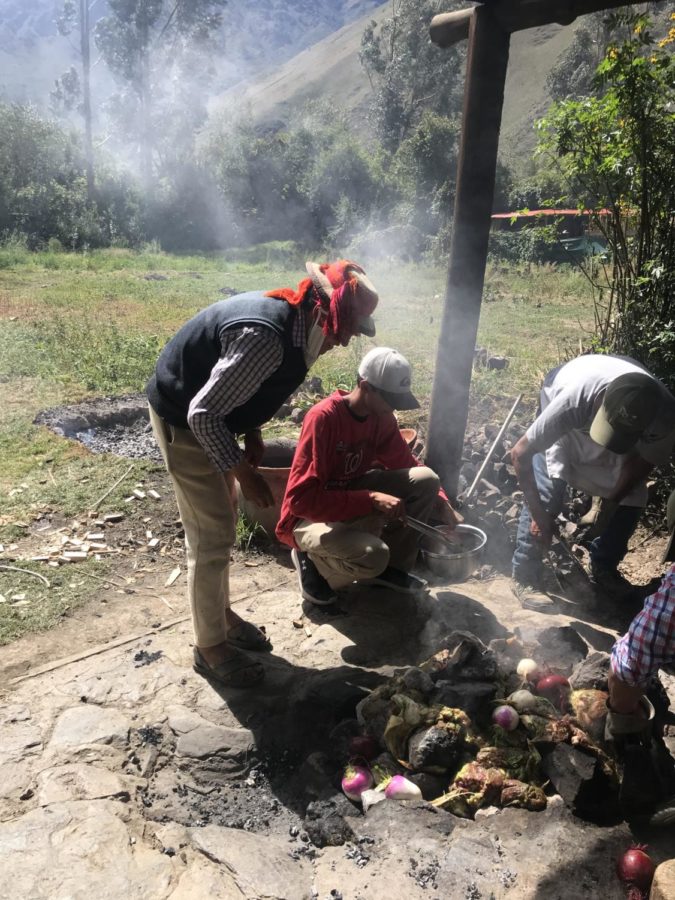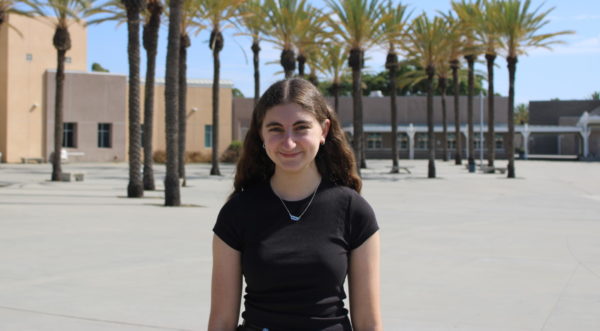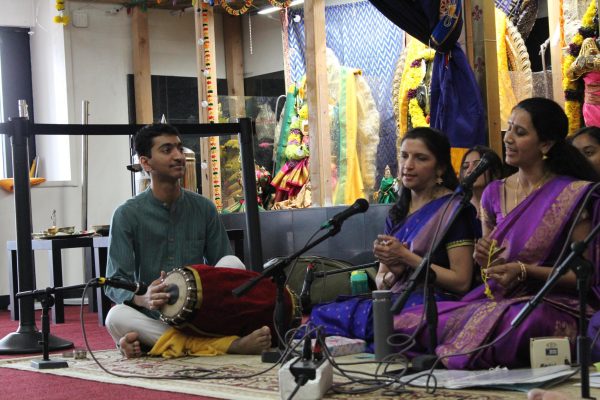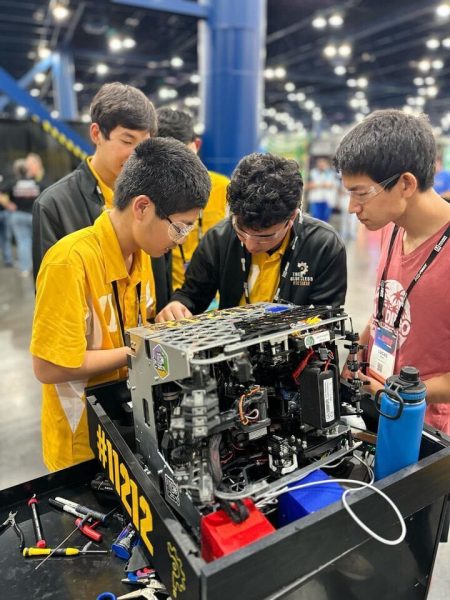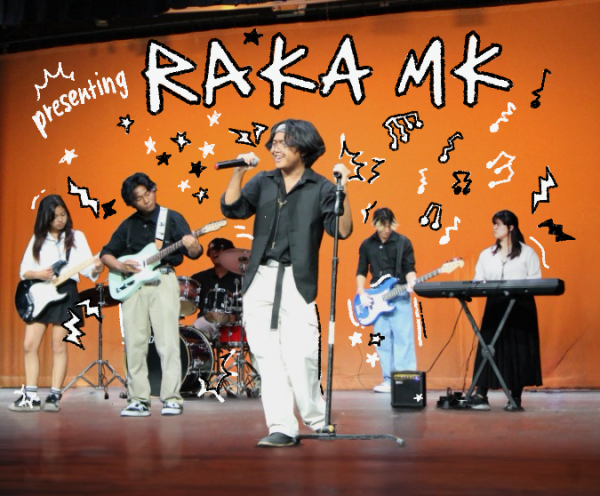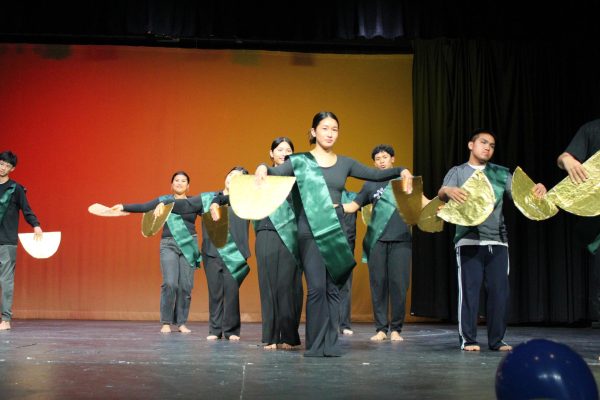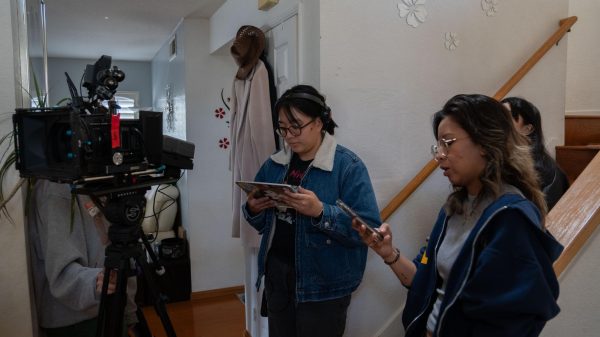Shah creates memories, matures in Perú
May 6, 2022
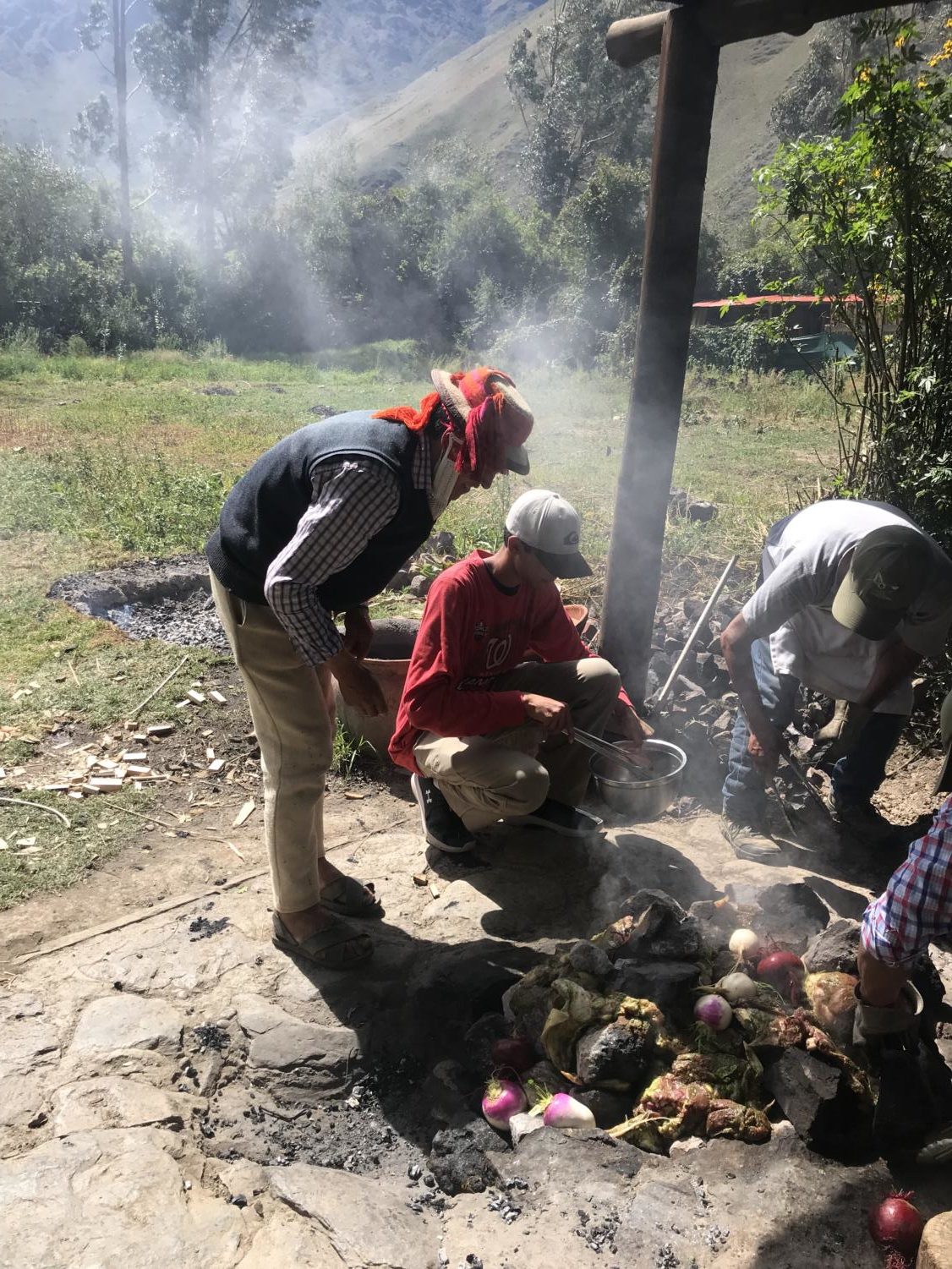
Roshan Shah (11) lay on his back in a wood pavilion. The cool breeze of the Amazon rainforest blew through the open-sided hut. Hammocks hung from the ceiling and as Shah lay there, surrounded by his peers, he listened to soothing music and the voice of his tour guide. Over the previous week, Shah had created countless memories in Peru with his friends, so as the trip wound to an end, he took a deep breath and looked up at the wood roof, visualizing all of the memories he would be packing into his suitcase before flying home.
“On our last day in the Amazon, our tour guide invited the whole group into this pavilion,” Shah said. “He told us to close our eyes and picture what we want to take home with us and reflect on our trip. It really helped me process how I’ve grown as a person through this experience. I gained a new understanding and put myself out there.”
During spring break, 40 students in Spanish classes at Westview traveled to Peru with Spanish teachers Carolyn Swaney and Andrea Ford for their eighth annual spring break trip.
“We did a trip to Peru in 2018 and it was a really popular tour,” Swaney said. “Profe Ford and I decided to do that again because there’s so much to experience and see.”
Swaney said that many of the students go to Peru hoping to see Machu Picchu, but the other experiences, such as visiting Indigenous communities and cruising down the Amazon river in a motorboat are the parts of the trip that the students don’t expect, but love even more.
“Everybody goes with seeing Machu Picchu as their goal,” Swaney said. “It’s very memorable but all the other things that happen on tour are just as memorable if not more impactful.”
Swaney and Ford created the trip with a very specific purpose in mind. Seeing a variety of Spanish-speaking countries is what encouraged them to plan this annual trip. It carries throughout their Spanish classes as well.
“Our number one purpose is to expose kids to the world so that they can see the amazing beauty that there is out there and understand perspectives in a different way,” Swaney said.
Shah said that the diverse group of students he went with easily bonded because of the trip’s fast-paced nature. Even though each student had a unique experience, being able to learn about the culture as an entire group brought them together.
“We each took away something that was uniquely our own,” Shah said. “We all experienced it differently, but we were able to experience it together. Every person going into this had their own perspectives, but as the trip went on we fostered this inclusive and inviting community.”
Swaney said that the first night was hard because the students were only interested in rooming with their friends. But as the trip progressed, all 40 students created a close bond, and their smaller groups merged into one, large, cohesive group.
“We had this one lunch where the kids were all sitting at one long table and nobody cared who was sitting next to who or if they were next to their friends,” Swaney said. “They were all hanging out together in the same place. In one day, they changed into totally different people.”
Throughout the duration of the trip, Shah grew more open to spending time with people other than his original friends.
“Initially, I had a group of people that I wanted to go with and I thought that’s all that mattered,” Shah said. “But then I began to meet new people, put myself out there, and take those opportunities to get to know people. That’s what changed me the most.”
Because Shah was already in her AP Spanish class, Swaney knew that he would enjoy the trip and have a meaningful experience. What she didn’t expect was for him to break out of his shell and feel so comfortable connecting with his peers.
“I saw him become so much more outgoing,” Swaney said. “His personality started to come out.”
Swaney loved watching this growth from Shah throughout the trip. On one occasion, she saw the students dancing together during lunch and was surprised to see Shah dancing in front of the group.
“I looked over and the kids were all having a dance party,” Swaney said. “I went to get a closer look and Roshan was dancing by himself in front of everybody. To see him be so open and free was something that I never expected. I always expect them to grow as people, but that freedom was amazing.”
This experience of being able to watch her students mature right in front of her eyes throughout the trip is the most gratifying part for Swaney.
“The kids grow up so much that it makes all the work that goes into it, knocking on doors at night, not sleeping, taking temperatures, checking on kids, beyond worth it,” Swaney said.
In addition to seeing the impact the trip has on her students, part of what Swaney loves about the Peru tour is how the students come back to class with more knowledge of the Spanish culture and language.
“Coming back, I see kids feel more confident, more eager to speak and share,” Swaney said.
In order to improve his Spanish speaking skills for when he returned to class, Shah worked hard to practice the language while he was away, and by infusing his daily life with speaking Spanish, he was able to learn much more.
“I made an effort to ask any questions in Spanish and I set up times with my peers to speak the language and converse about the day,” Shah said. “Putting the language into context and applying it while you’re immersed is the best way to improve your Spanish-speaking ability.”
To allow the students to have a deeper understanding of Peruvian culture, Swaney incorporates the things she’s learned on the trips into her classes, such as through the gastronomy unit and learning about Cooperar Perú, a small, low-income community project in Cusco. In the past, Westview students have donated school supplies and backpacks to the community and AP Spanish students research it in class.
“I’ve incorporated [Cooperar Perú] a lot into AP Spanish,” Swaney said. “Having understood the place before but then seeing it in action was profound [for the students].”
Shah said that his favorite part of the trip was visiting Cooperar Perú and playing soccer with the kids there.
“That was the most impactful part of the trip because it brought our two cultures together in this fusion,” Shah said. “Even though we spoke two different languages, we were still united by putting ourselves in their culture and experiencing it through their eyes.”
According to Swaney, the mindset of the people in Peru differs greatly from that of the people in America. Traveling to Peru and interacting with the people there allowed the students to be more grateful for what they have.
“We live here in a way that is convenient and we live in a way that we feel is easier,” Swaney said. “But people [in Peru] are just happy to be together. Even though they don’t have a car, or the newest iPhone, or six different computers, they love life.”
By experiencing culture in Peru, Swaney said that her students were able to recognize their grateful mentality without her even explaining it.
“People are so connected to the land there,” Swaney said. “They take a lot of pride in it. In contrast, we sometimes have more of an attitude of ‘I deserve,’ but in Peru, it’s more like ‘I’m so thankful to have what I have. I’m so blessed to have this life.’ Nobody’s telling [the students] that but they’re understanding it.”
While in Peru, Shah and his peers were able to visit an Indigenous village where they learned about life there. This experience taught Shah to respect and embrace tradition.
“Their connection to nature is so ingrained in their society,” Shah said. “It was really special to see that they were still living in their same tradition in the 21st century. There’s so much to be learned in the United States with that kind of respect.”
Shah plans on applying this connection to nature to his own life going forward.
“They root themselves in nature as a way of finding peace and connecting their soul to Mother Earth,” Shah said. “Seeing the way they treat nature was really inspirational. As we fight climate change, it’s important to listen to these communities because there’s this spirit of always giving back.”
Though it was hard to say goodbye to Peru, Swaney said she is grateful for all the students who went on the trip and looks forward to doing it again in the future.
“The worst part of going on the trip is coming home,” Swaney said. “This trip was one-of-a-kind in terms of the group of people that we had with us, the things that we did, and the things that they learned. I am so thankful for every single person that was there.”


